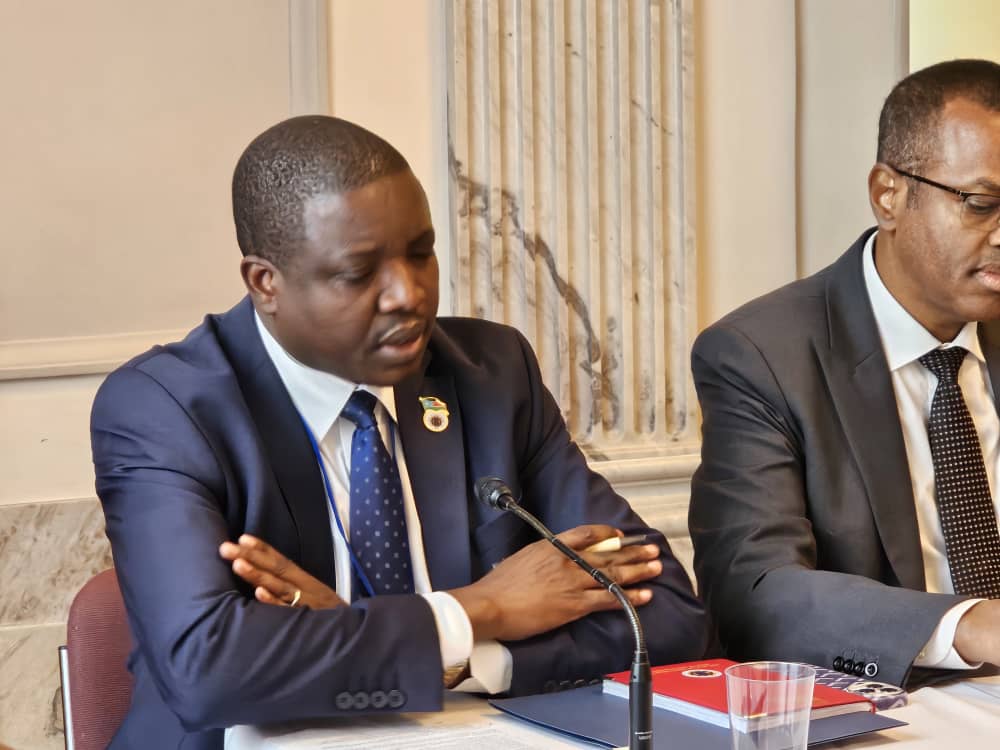- EAC Monetary Affairs Committee (MAC) meets every year to asses the region’s progess.
- This year the MAC meeting will be held in Juba, South Sudan.
- Sectors like fishing, timber, and agriculture have been identified as potential areas for growth and revenue generation.
East Africa Community governors of central banks are set to meet to assess the regions’ economic scorecard and avenues for investments. The chair of the EAC Monetary Affairs Committee James Alic Garang, who is the Bank of South Sudan governor said that single currency for the EA region will feature prominently in the deliberations.
This body meets annually, usually around April or March, to take stock of the progress and challenges along the path of establishing monetary union. This coming at a time that the East African Community member-states are in a race to harmonise critical policies and putt in place the institutions to attain a single currency as outlined in the EAC Monetary Union Protocol.
“Now we are in the third stage, and that is establishment of monetary union. It is the monetary union that will result in a single currency for the region. So, because of that, a roadmap was established, and a number of criteria are expected to be met by everyone in the union,” said Garang.
This year the MAC meeting will be held in Juba and will also take stock of the progress that has been made since last year, in the convergence criteria, good practices, conventions and reforms that are expected.
The session will also look into the process on the status of payment systems, the progress towards ensuring financial inclusion, the state of the banking sector or banking certification program, and the status of training and Technical Assistance Agreements (TAAs) among other things.
The protocol also requires the establishment of key institutions, which include the East Africa Monetary Institute, East Africa Statistics Bureau, East Africa Financial Services Commission, and the East Africa Surveillance, Compliance, and Enforcement Commission.
The last precondition for the monetary union protocol is the harmonisation of monetary and fiscal policies across the partner States of the EAC.
Read also: EAC integration evolves with Tanzania-Rwanda pact on new border post
EAC Monetary Affairs Committee
It is the monetary union that will result in a single currency for the region. So, because of that, a roadmap was established, and a number of criteria are expected to be met by everyone in the union. In this case now, in the region, in the EAC. Among those four, stand out very clearly. One of them is the GDP growth.
Each country is expected to have a growth domestic product in the neighborhood of 4 per cent. Then there is the inflation, expected also to be in the neighborhood of 8 per cent. And then we have the level of international growth reserves, expected to be about 4.5 months of import cover.
And then public debt as a percent of GDP. So, these are the criteria upon which all the countries must converge. So, in the language of the EAC, they are called convergence criteria.
So every year, in the MAC meeting, there are technical meeting groups, who meet and review progress on those for each country. And then they write a single report. It’s called a technical working paper.
So, they put that together, and then they write a report. Then they report that to the governors. Then the governors will deliberate and pass resolutions based on those.
On investments, Garang said Infrastructure development, especially in roads, education, and public health, is recognized as crucial for economic growth. However, government investments in these areas have been modest, prompting a reliance on support from the development community to bridge the gap.
Efforts to tap into the country’s mineral wealth, particularly gold, are also underway, although progress in this area remains a work in progress. Additionally, sectors like fishing, timber, and agriculture have been identified as potential areas for growth and revenue generation.
However, resource constraints have limited substantial investments in these sectors thus far, with hopes pinned on upcoming agricultural seasons to spur production and foreign currency inflows.
Read also: EAC charts a path for investing in renewables, fueling a greener future
